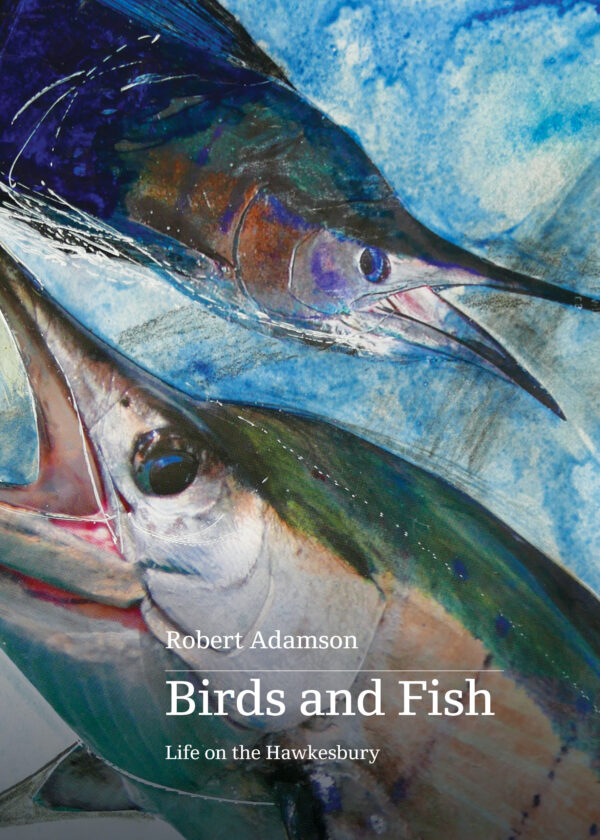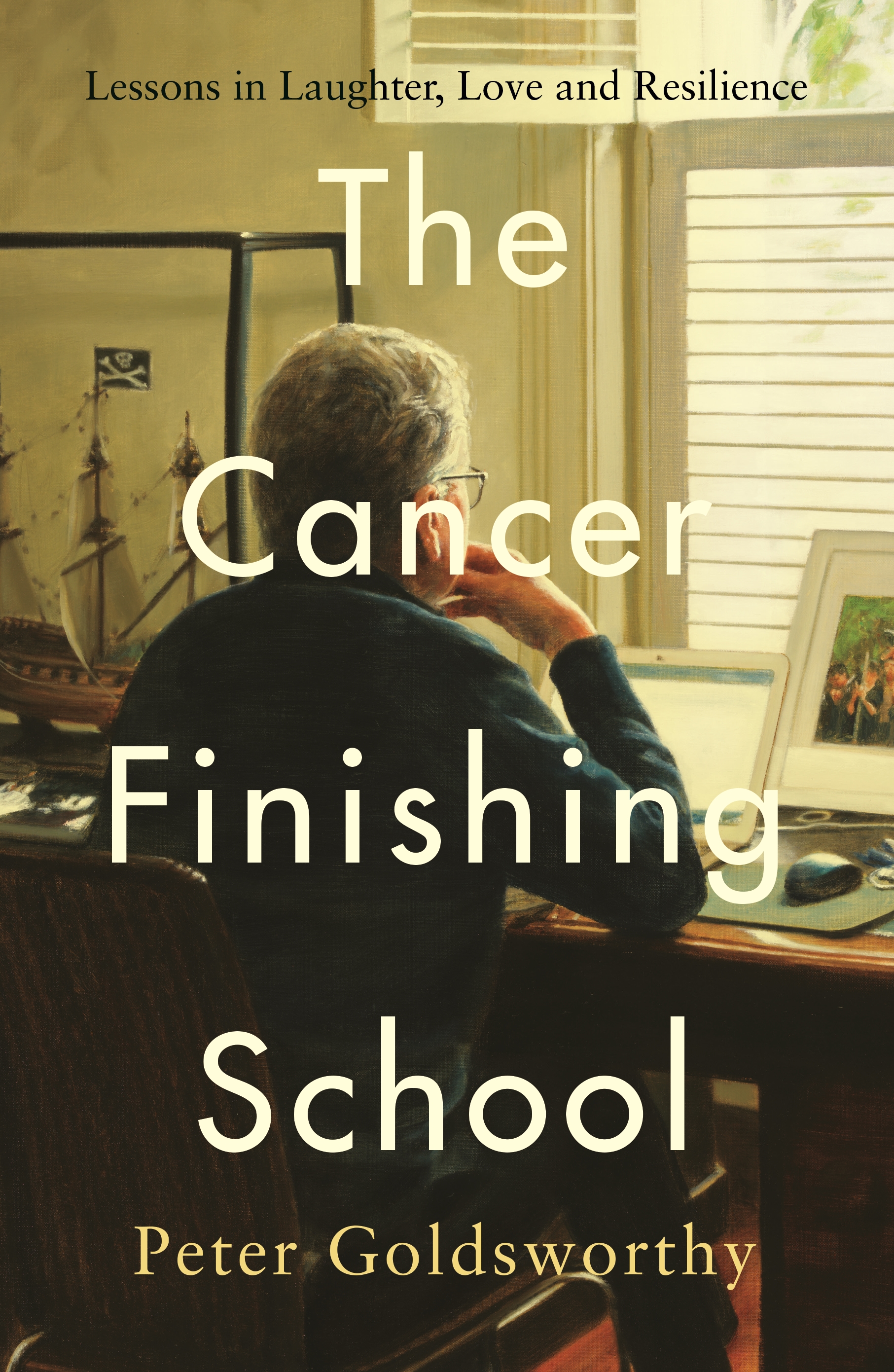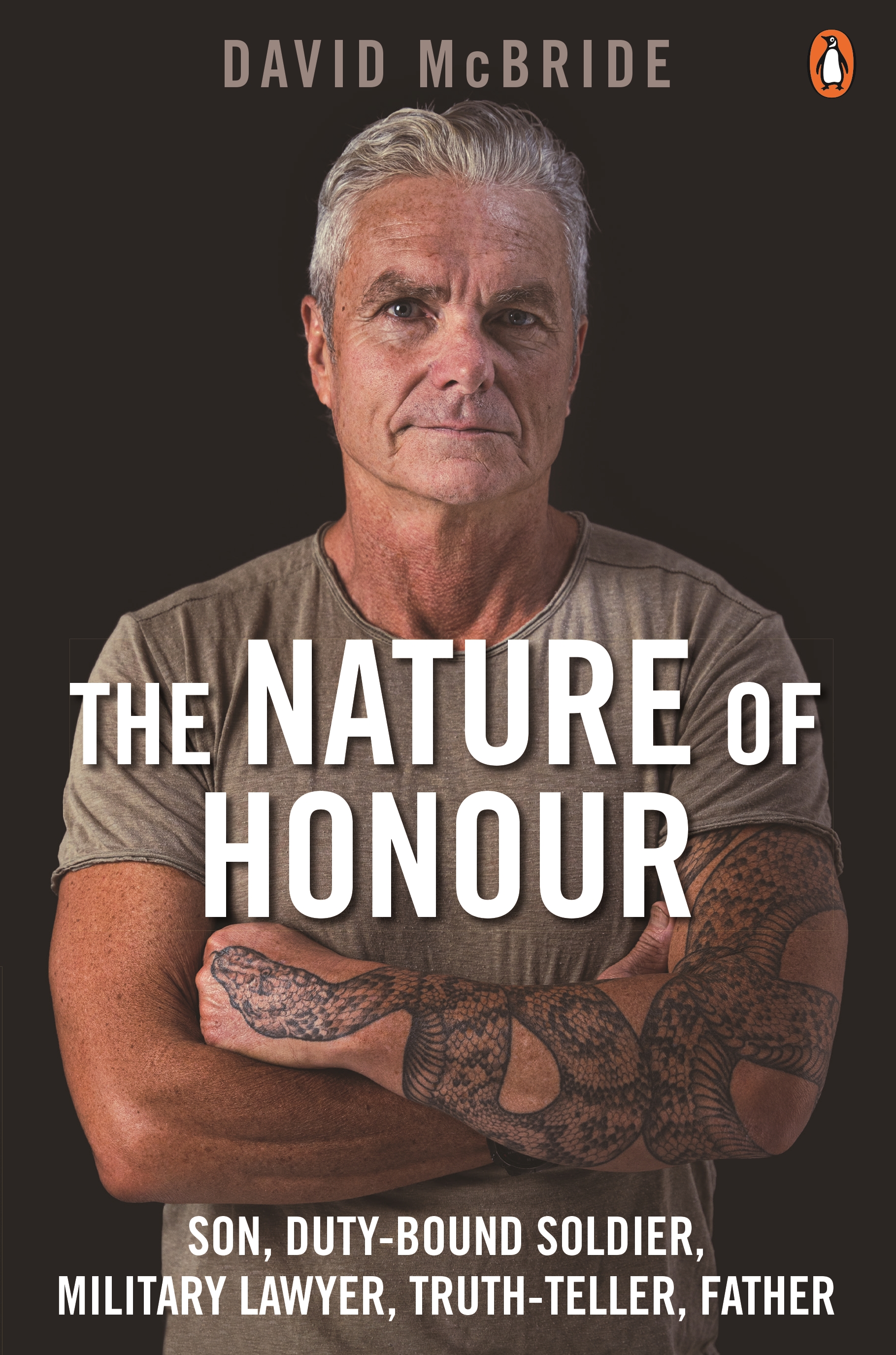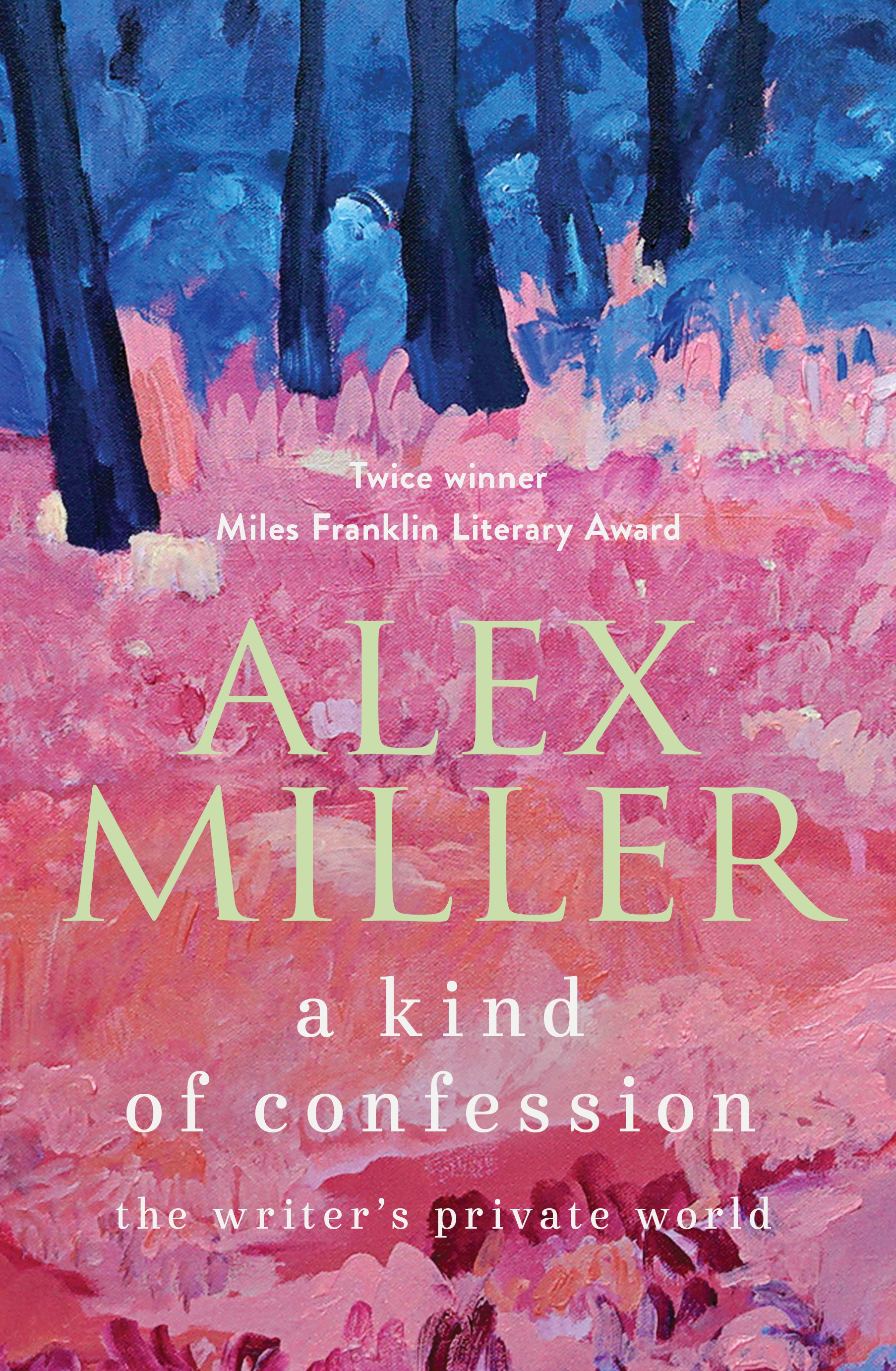Memoir
Birds and Fish: Life on the Hawkesbury by Robert Adamson, edited by Devin Johnston
In the year leading up to his death, the poet Robert Adamson (1943-2022) gathered together a selection of his work that focused on one of his enduring passions: the birds and fish of the Hawkesbury River, beside which Adamson lived much of his life. Adamson was best known for exploring this passion in poetry, but the pieces collected in this new book are works of prose and include selections from Adamson’s autobiography Inside Out (2004), and from his late collection, Net Needle (2015). They also include material that is likely to be less familiar to readers, pieces published in the magazine Fishing World, and extracts from a journal Adamson kept between 2015 and 2018 titled ‘The Spinoza Journal’.
... (read more)The Cancer Finishing School: Lessons in laughter, love and resilience by Peter Goldsworthy
That doctors aren’t supposed to become incurably ill is something their patients might say, and about as useless as declaring that dentists are forbidden from contracting toothache or that undertakers should live forever – seeing other people out, not themselves.
... (read more)A Memoir of My Former Self: A life in writing by Hilary Mantel, edited by Nicholas Pearson
In the title piece of this posthumous selection of reviews, criticism, essays, and journalism, Hilary Mantel describes how she once visited an irritating psychic she nicknamed ‘Twerp’ in order to guide her back to her former self: ‘I didn’t necessarily think I had a past life, but I wanted to know how it would feel if I did.’ Her former self turns out to have been a ‘miserable illegitimate infant’ called Sara, born to a family of millworkers in the north of England. Sara isn’t an unlikely candidate: Mantel’s mother worked in a cotton mill from the age of fourteen, as did her maternal grandmother, who left school aged twelve; Mantel’s great-grandmother had been illiterate. Mantel comes from ‘a long line of nobodies’. All that ‘Twerp’ wants to ask Sara is whether or not she is courting, when the real love of Sara’s life is Billy, her white bull terrier. ‘If Sara had slapped him,’ Mantel wonders, ‘what sort of a defence would I have had to a charge of assault?’
... (read more)Slipstream is both a memoir and an essay on migration. It hangs upon the story of one family, who migrated from Yorkshire (where this book was published) to Sydney in 1949. The narrator was their first-born in the new land and, as she tells it, her life has been one of constant oscillation, both emotional and physical, between England and Australia. It is a tale of her parents’ ‘exile’ and her ‘returns’ – to the country she only ever knew in stories, as she was growing up, but which became ingrained in her imagination.
... (read more)Sean Turnell is an Australian economist who was detained by Myanmar’s military regime from February 2021 until November 2022. An Unlikely Prisoner, his account of the ordeal, has quite a personal tone as he relates his struggle with unjust imprisonment by a regime whose hallmark was ‘a mix of the needlessly brutal, the petty, and the incompetent’. This personal story is also mixed with politics, for Turnell has an insider’s view of Myanmar’s ongoing struggle for freedom, one of the great dramas of modern Asian history.
... (read more)The Nature of Honour: Son, duty-bound soldier, military lawyer, truth-teller, father by David McBride
Sometimes, for the faithful, it doesn’t do to look too closely into the life of your chosen idol. Saul of Tarsus had been an enthusiastic persecutor of Christians before his spiritual detour en route to Damascus. St Camillus de Lellis, patron saint of nurses and the sick, to whom we owe the symbol of the red cross, spent his early life as a con man, a mercenary, and a compulsive gambler – little wonder he went far in the Church. Where our secular martyrs are concerned, matters become still murkier. Mahatma Gandhi tested his chastity by sleeping naked with nubile young women and girls – one of whom was his grand-niece. And as for Julian Assange ...
... (read more)The Abuse of Power: Confronting injustice in public life by Theresa May
It takes some considerable effort to remember Theresa May’s time as prime minister. Her two governments ran from the resignation of David Cameron immediately after the political earthquake of the Brexit referendum in 2016, to May’s own tearful resignation in the summer of 2019 as the aftershocks swallowed her minority government. The distending effects of the past three years of UK (and world) politics have already made the May era a kind of historical curiosity. The consequent danger is that we look back to her stint as prime minister as the last gasp of sensible politics avant le déluge.
... (read more)Diplomat and musician Fred Smith’s memoir of his time with the Department of Foreign Affairs and Trade (DFAT) at Kabul airport, and later in the United Arab Emirates (UAE), processing Afghan evacuees fleeing the Taliban’s return to power in August 2021, opens with a richly symbolic vignette. On his first visit to the North Gate, one of only three public entry points to Kabul airport, Smith is confronted by a nightmare vision of the country’s collapse. Amid a cacophony of screaming and gunfire, thousands of Afghans jostle, push, and kick one another, waving passports, holding babies aloft, as they fight their way towards a narrow gap in the razor wire entrance to the gate, guarded by a human wall of US Marines. Every thirty seconds or so somebody squeezes through the scrum to safety, emerging discomposed, bloodied, and bewildered.
... (read more)Michael Gawenda has written a deeply personal story about his Jewish identity. It comes during a period when conflict in Israel/Palestine has been painful for all. While he remains committed to a two-state future that supports the rights of both Israelis and Palestinians to live in their own countries, the author critiques influential sections of the political left where acceptance has come to require demonising the Jewish state. A key message of the book is that too often on the left the only good Jew is one who publicly rejects Israel’s right to exist and remains silent when it is declared racist and nothing more than a coloniser of an indigenous population.
... (read more)A Kind of Confession: The writer's private world by Alex Miller
Alex Miller’s most recent book, A Kind of Confession, begins with notebook entries from his pre-publication period – long years in which his deep trust in his identity as a writer appears to have been unshaken. In 1971, he notes: ‘I’ve been committed to writing since I was 21, 13 years. Quite a stretch, considering I’ve yet to publish.’ He was in his fifties before his first novel emerged. Yet even when he complains about his apparent failure – ‘Almost 40 and only 2 short stories published. It makes no sense’ – there is no real lapse of direction; he knows what he is. We can’t read excerpts from these early notebooks and diaries without an awareness of his later success as the winner of significant prizes, including the Miles Franklin Literary Award (twice), the Commonwealth Writers’ Prize, the Melbourne Prize for Literature, the Manning Clark Medal, and the Weishanhi Best Foreign Novel of the Year.
... (read more)










